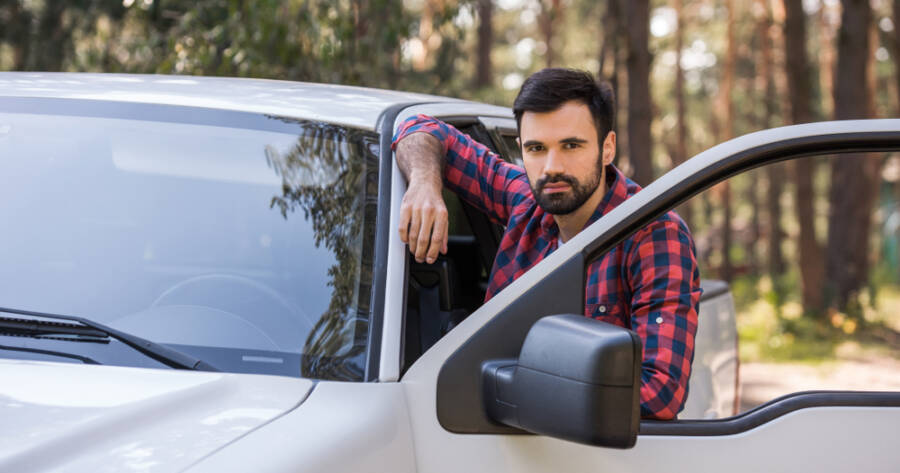Towing heavy loads can be simple when done right—but dangerous if done wrong. Whether you’re hauling a camper, a trailer full of gear, or work equipment, knowing how to tow is key to the safety of both your truck and those around you. The right setup, preparation, and technique can protect your truck, your cargo, and everyone on the road.
Know Your Limits Before You Hook Up
Before you hitch a trailer, it’s vital to understand what your truck can handle. Every vehicle has a specific towing capacity set by the manufacturer. This number is based on the truck’s engine power, frame strength, brakes, and suspension. Towing more than the truck is rated for isn’t just unsafe—it can damage the vehicle and void warranties.
Always check your owner’s manual or the driver’s door sticker for key ratings like Gross Vehicle Weight Rating (GVWR), Gross Combined Weight Rating (GCWR), and tongue weight limits. Tongue weight is the force the trailer puts on the hitch, and it should usually be 10 to 15 percent of the total trailer weight. If that balance is off, it can affect steering and stability.
Get the Right Gear for the Job
Towing safely means using the right equipment. That starts with a hitch that matches your trailer type. A bumper-pull setup is fine for smaller trailers, but fifth-wheel or gooseneck hitches are better for very heavy loads. These connect directly to the truck bed, which helps distribute weight more evenly.
You’ll also need to make sure your trailer has working lights and brakes. Many states require electric trailer brakes when hauling over a certain weight. Most trucks built for towing come with a brake controller that adjusts how much force the trailer’s brakes use. This helps slow everything down together, instead of putting all the pressure on your truck’s brakes.
Don’t forget safety chains and mirrors, either. Chains should cross under the hitch as a backup if the trailer disconnects. Extended mirrors give you a clear view of your load and the traffic around you, which is especially important when changing lanes or backing up.
Practice and Planning Make a Difference
Even a skilled driver can benefit from practice when towing a heavy load. It takes longer to stop, turn, and accelerate. If you’re new to hauling, find an empty parking lot to practice turning, reversing, and braking with the trailer attached. Learn how your truck responds to the added weight before hitting the highway.
Planning your route can also make things safer. Some roads have weight limits, low bridges, or tight turns that are harder to handle with a trailer. Know your clearance height, and use a GPS designed for trucks or trailers if possible. Avoid high-speed roads in windy conditions, as strong gusts can push your trailer sideways and affect control.
Driving slower and leaving extra space between you and other vehicles gives you more time to react. Avoid sudden moves, and use your lower gears when going downhill to reduce brake stress. A steady hand and patience go a long way in keeping the trip smooth and safe.
Balance and Secure Your Load
One of the most overlooked parts of towing is how the load is packed. Whether you’re towing a cargo trailer or a camper, how you place and secure items can impact your stability. Keep most of the weight low and toward the front of the trailer to maintain proper tongue weight. If too much weight is at the back, the trailer may sway or fishtail.
Use strong tie-downs to keep cargo in place. Items that shift while driving can cause uneven weight distribution, which leads to swaying or poor handling. Even with enclosed trailers, things like furniture or tools should be secured to avoid movement during sharp turns or sudden stops.
Before every trip, do a walk-around check. Look at your tires, hitch, lights, and brakes. Make sure everything is still secure after the first few miles, as straps can loosen. Regular checks help prevent problems before they start.
Keep It Safe, Not Just Strong
Towing heavy loads requires more than a powerful engine—it takes preparation, knowledge, and care. By understanding your truck’s limits, using the right equipment, practicing safe driving habits, and securing your load properly, you protect your investment and everyone on the road.
Whether it’s for work or play, towing with confidence starts with safety.

